Email Address
engage@dogtraininginfo.org
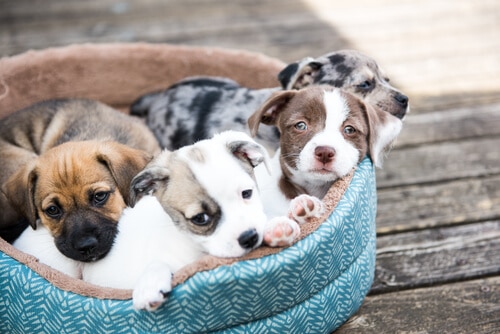
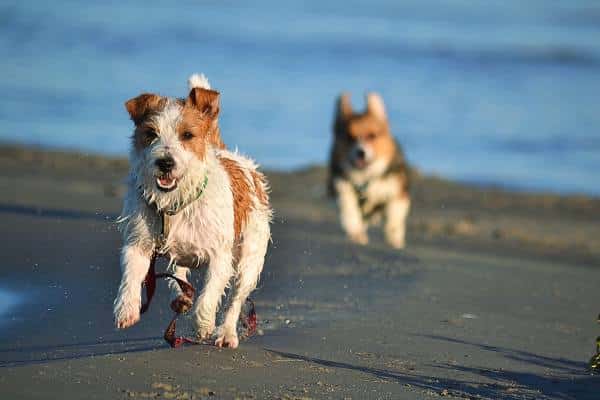


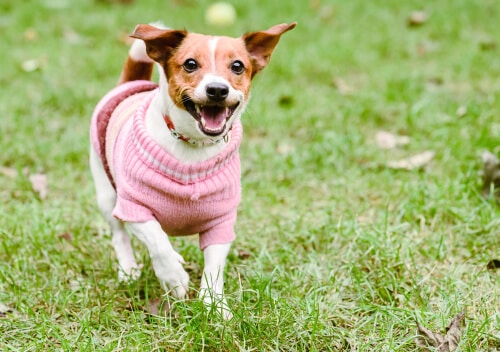
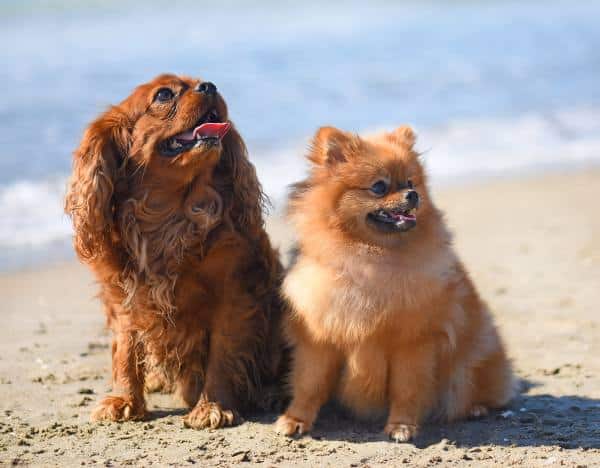

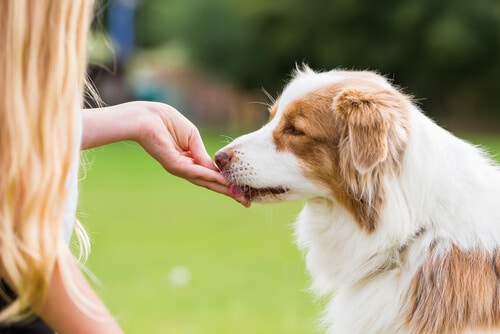
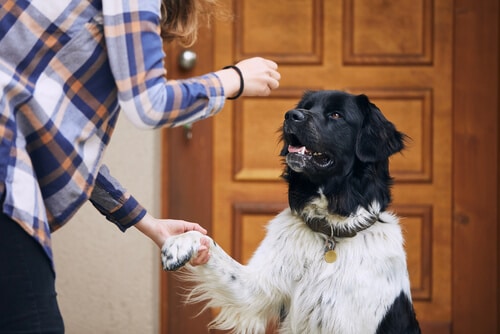
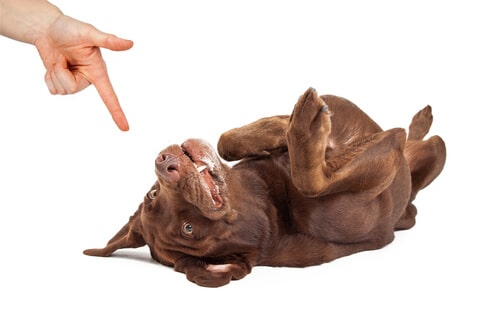
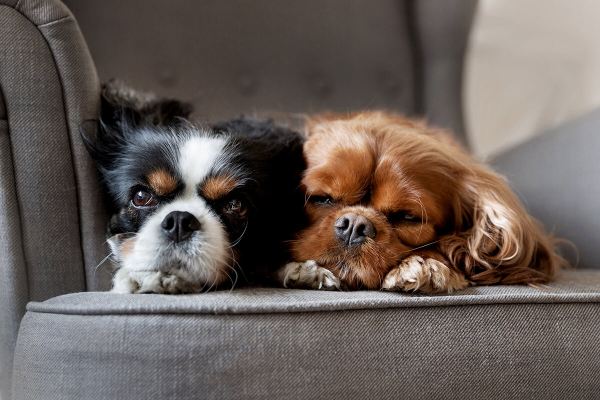




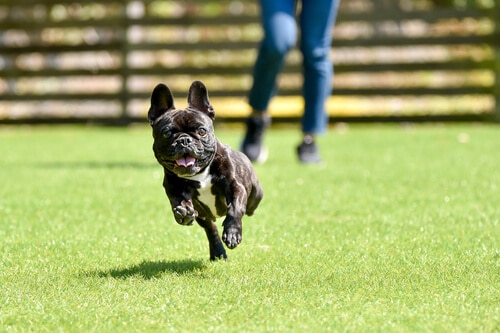


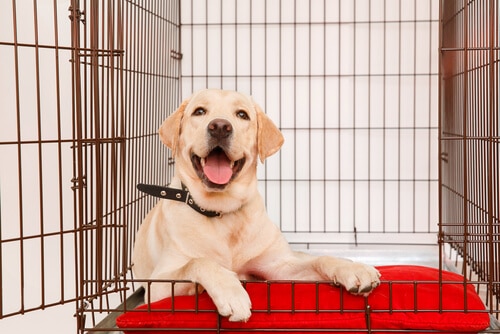
The first thing you should train your puppy is basic obedience. This includes commands like sit, stay, come, down, and heel. These commands are the foundation for all other training you will do with your puppy. They are also essential for keeping your puppy safe and under control.
The answer is yes! Puppies can be potty trained as young as eight weeks old. The key is to start early and be consistent with your training.
When you first get your puppy, they will be full of energy and very excited to explore their new home. It’s important to start training them early so they can learn how to behave properly.
This is a common question that new puppy parents have. The answer is that it depends on the individual dog and how much time you are willing to dedicate to training. However, there are some basic tips that can help make the process go more smoothly.
Toilet training a puppy can begin as early as six weeks old. Keep in mind, however, that puppies this young are still learning to control their bladder and bowel movements. A puppy may have an accident indoors even if he is being taken out regularly.
At this age, your puppy should learn the following:
– Socialization: Puppies need to meet a lot of people and other animals during their socialization period, which is between three and 16 weeks old. Once they’re used to being around people and animals, they’ll be less likely to be scared or aggressive as adults.
In the first week, you’ll want to start with basic commands such as sit, stay, come, and down. You’ll also want to begin teaching your puppy their name and how to walk on a leash. It’s important to be consistent with your commands and rewards so that your puppy knows what they’re doing right.
When it comes to training your pup, there are seven commands that you should focus on teaching them first. These commands are: sit, stay, come, down, off, heel, and no.
There are many different ways to train a puppy, but some methods are more effective than others. One of the most important things to remember when training a puppy is to be consistent. Puppies learn best when they are given clear and consistent commands.
One of the most important things to remember when training a puppy is to be consistent. You will need to set rules and stick to them. This can be difficult, especially if you have kids or other animals in the house who might not understand the rules. But if you are consistent, your puppy will learn quickly.
One of the most important things to do when training a puppy is to be consistent. This means having set rules and enforcing them every single time. If you are not consistent, your puppy will quickly learn that he can get away with certain behaviors sometimes but not others. This will lead to confusion and frustration on both of your parts.
One of the best ways to train a puppy is through positive reinforcement. This means rewarding your puppy for good behavior, instead of punishing them for bad behavior. For example, if your puppy goes to the bathroom outside, you should give them a treat or verbal praise. On the other hand, if your puppy has an accident inside, you should not yell at them or hit them. This will only make them scared of you and more likely to have accidents in the future.
There is no definitive answer to this question. Some experts say that the earlier you start training your puppy, the better. This is because puppies are more receptive to learning at a young age. Other experts believe that it is best to wait until the puppy is at least six months old before beginning training. This is because puppies need to first develop a bond with their owner before they can start learning commands. Ultimately, the best age to start training your puppy is up to the individual pet owner.
I can teach my puppy a few basic commands such as sit, stay, come, and down. I can also begin to potty train my puppy by using a designated area for him to relieve himself and rewarding him when he goes to the appropriate spot. In addition, I can start socializing with my puppy by exposing him to different people, places, and experiences.
The answer may surprise you – it’s not potty training, or teaching them to sit. The hardest part of training a puppy is developing its attention span.
Puppies are cute and cuddly, and everyone wants to hold and play with them. However, there are certain things you should not do with a new puppy. For example, you should not take them to a crowded place like the dog park or pet store.
The easiest trick to teach a puppy is the ‘sit’ command. Dogs have a natural instinct to sit when they stop, so this trick is easy to learn and perform. You can use a treat or toy as a lure to get your puppy into the sitting position, then give him the cue word ‘sit’.
There are a few things to keep in mind when punishing your puppy. First, you want to make sure that the punishment is immediate. This means that if your puppy does something wrong, you need to punish him within a few seconds. Otherwise, he won’t understand why he’s being punished and it will be ineffective.
One way to show dominance to a puppy is through eye contact. Making eye contact with a puppy is a way of saying, “I’m the boss.” Another way to show dominance is by being the one who gives the food. The person who provides the food is seen as the leader in the pack. Finally, body language is also important when showing dominance. Standing tall, with your shoulders back and your head held high will show the puppy that you are in charge. Puppies respond well to positive reinforcement, so make sure to praise your puppy when he or she does something good. Remember, the goal is to be the leader of the pack, not to scare the puppy.
You can start by teaching your puppy basic commands such as “sit,” “stay,” and “come.” Once your puppy has mastered these commands, you can begin to work on more advanced obedience training. You can also use positive reinforcement techniques to help discipline your puppy. This includes rewarding your puppy for good behavior and ignoring bad behavior.
There are a few different ways that you can correct your puppy’s behavior. The first way is through positive reinforcement. This means rewarding your puppy when they do something that you want them to do. For example, if you want your puppy to sit, you would give them a treat when they sit down.
The answer to this question depends on a few factors, including the pup’s age, health, and energy level. Generally speaking, most experts recommend beginning training around eight weeks of age. This is because pups of this age are old enough to start learning basic commands but young enough that they’re still open to new experiences.